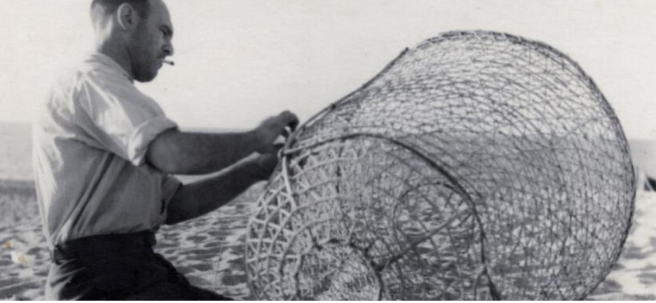
12 de June de 2020
June 12, 2020. Law 42/2007, of December 13, on Natural Heritage and Biodiversity, recognizes in its Article 74 the need to understand, conserve, and promote traditional knowledge and practices of interest to biodiversity. Thanks to this, the Ministry of Agriculture, Fisheries, and Food has published four volumes of the Spanish Inventory of Traditional Knowledge related to Biodiversity, which have been complemented by two traveling exhibitions that can be loaned to any institution that requests them.
- The Ministry of Agriculture, Fisheries and Food compiles several books on traditional knowledge and practices of interest to biodiversity.
- The inventory editions are supported by two informative traveling exhibitions.
What is Traditional Knowledge related to Biodiversity?
 |
They are the body of knowledge and practices conceived through adaptation to the local environment and shared by a community from generation to generation. This knowledge represents the intimate relationship between human beings and their environment.
For this reason, traditional knowledge is essentially communal and based on experience , reasons why it is considered a true heritage, a legacy, which must be collected so that it does not become extinct beyond the survival of said local community.
Traditional Knowledge relating to Biodiversity is classified into the following categories: plants, fungi, animals, traditional varieties and breeds, and ecosystem management.
A multidisciplinary team of more than one hundred people from all over Spain, led by Manuel Pardo de Santayana, is dedicated to preserving this knowledge. Manuel explains that the first volume of the inventory dates back to 2012, and a sixth volume is currently being published, following the publication in 2018 of a fifth book dedicated solely to cultivated plants.
Pardo de Santayana, in statements to RRN, insists on clarifying the objective of the inventories, beyond Law 42/2007: to record the ingenuity and wisdom of certain communities so that the connection with the territory can be transferred.
Manuel explains that in the villages, there are wise men and women who have acquired wisdom over millennia, through an intimate connection to the land and to that specific community and landscape, without seeking or finding it in books. Without leaving the village, the village has given them everything.
Anecdotes
“Ask Uncle Paco, he's the one who knows about cows…” Manuel Pardo de Santayana recalls a multitude of anecdotes during the inventory that demonstrate the ancient wisdom of the village men and women in certain areas. For example, there is the story of a Canary Island plant (p. 162, volume 1) that contains latex and was used to spray grapes to prevent fruit theft and scare off lizards. The thief was betrayed by the swelling of his lips upon tasting one of the treated bunches. The peasants tell us that, year after year, the “criminal's” mouth would become covered in sores unless he managed to destroy the specific specimen from which the latex had been extracted.
Or the anecdotes collected with belladonna – also known as the mandrake plant – which is associated with certain “witches' ointments to induce sleep in mortals” (p. 337 – volume II-2).
Or did you know that the recipe for potato omelette is a traditional knowledge related to cultivated biodiversity?
Connect-e
To ensure that traditional knowledge related to biodiversity is not limited to print media but is available online, the Conect-e website was created. It currently has 25,697 entries and 2,206 files relating to 1,098 municipalities. The Conect-e platform has a dual advantage: it not only makes traditional knowledge available to users, but also offers its bearers the opportunity to transfer it and preserve it virtually.











